Communication technology these days is an absolute marvel. Alex Thomson, who led the fleet for most of the first two weeks of the Vendee Globe race, is now slowing down to make repairs to the damaged longitudinal structure in the bow of his IMOCA 60 Hugo Boss. Fortunately, he has the tools and material aboard to make the repair and an entire team of designers, engineers, and boatbuilders advising him by video while he does it.
Remarkably, Thomson made a video, now posted on YouTube, allowing us to virtually crawl up into the bow, to take a look at the cracked carbon fiber girders, as the boat sails on in the South Atlantic. Fortunately, Alex discovered the damage and will have an opportunity to make repairs before sailing into the really nasty conditions in the Southern Ocean.

 The U.S. Department of Homeland Security estimates that 32 percent of all maritime cocaine smuggled between Latin America and the United States arrives in narco-submarines.
The U.S. Department of Homeland Security estimates that 32 percent of all maritime cocaine smuggled between Latin America and the United States arrives in narco-submarines. 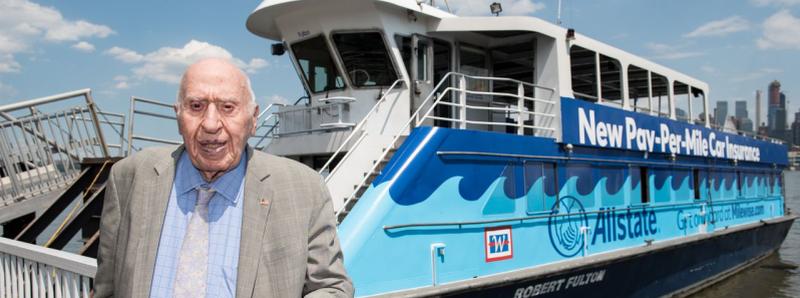
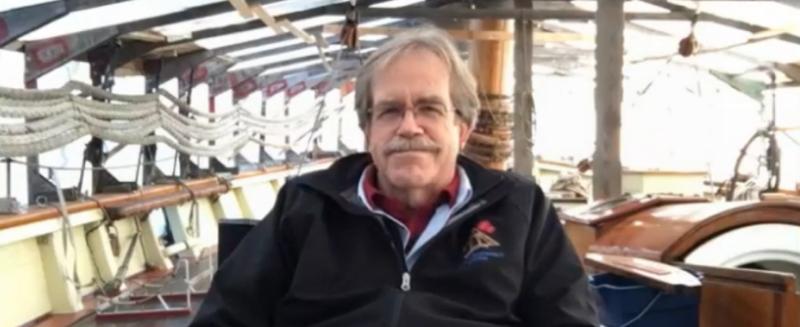 We have been remiss in not posting about “Coffee with the Captain,” the wonderful Facebook video blog hosted by the highly respected schooner skipper
We have been remiss in not posting about “Coffee with the Captain,” the wonderful Facebook video blog hosted by the highly respected schooner skipper  I am tempted to begin by saying that I watched the movie “Fisherman’s Friends,” so that you don’t have to. Perhaps a better introduction would be to paraphrase Abe Lincon. “If this is the sort of movie you, you may like this movie.” To be fair, I am not a fan of rom-coms and why making a romantic comedy about a real-life group of shanty-singers in Cornwall was a good idea is still a mystery to me.
I am tempted to begin by saying that I watched the movie “Fisherman’s Friends,” so that you don’t have to. Perhaps a better introduction would be to paraphrase Abe Lincon. “If this is the sort of movie you, you may like this movie.” To be fair, I am not a fan of rom-coms and why making a romantic comedy about a real-life group of shanty-singers in Cornwall was a good idea is still a mystery to me. 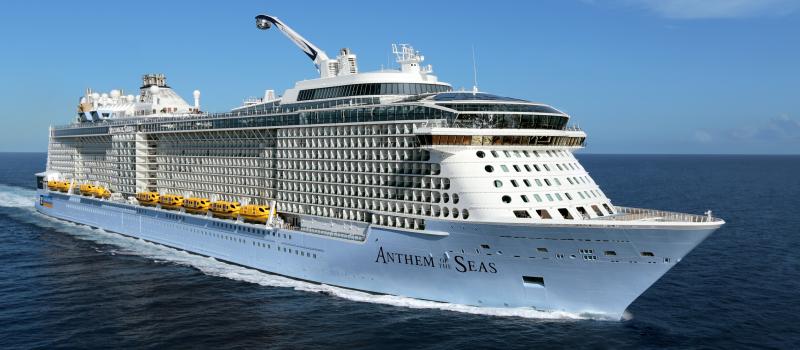 Would you volunteer to go on a cruise ship again? Apparently, tens of thousands are eager to do so. One of the first trial cruises in the Caribbean did not go well.
Would you volunteer to go on a cruise ship again? Apparently, tens of thousands are eager to do so. One of the first trial cruises in the Caribbean did not go well. If you are fond of obscure and slightly absurd history, the
If you are fond of obscure and slightly absurd history, the 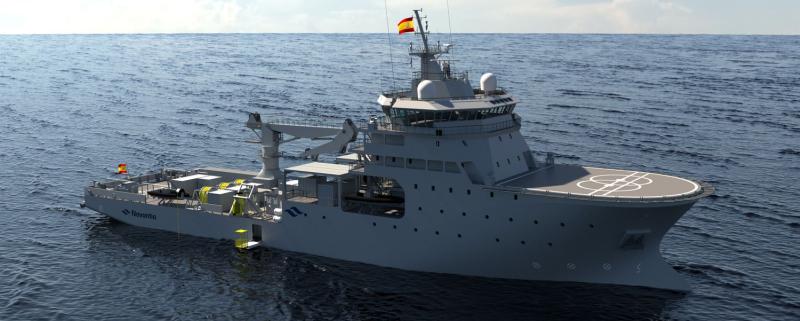 Spain’s new
Spain’s new 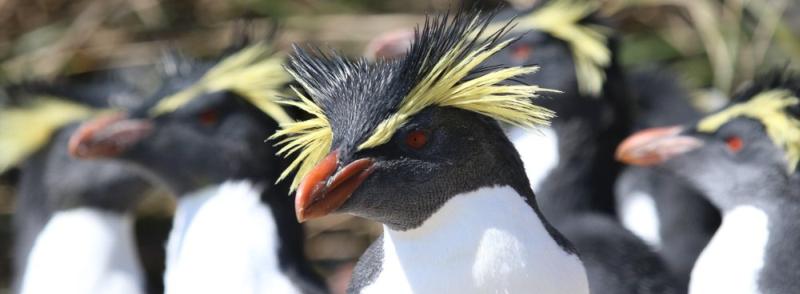
 The
The 


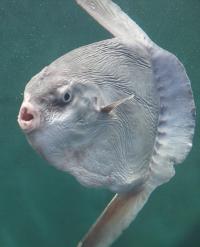
 The Royal Navy
The Royal Navy 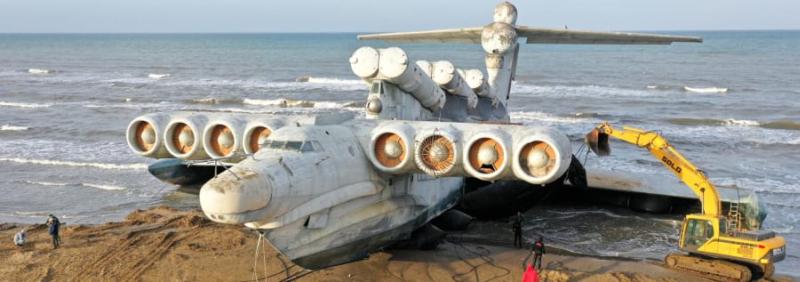 It is often referred to as the
It is often referred to as the  Recently, two kayakers off California inadvertently got between a lunge feeding humpback whale and its lunch. Videos of the encounter show the whale surfacing between the yellow kayak, almost appearing to swallow the kayakers and their boat. Fortunately, neither the two kayakers nor the whale appears to have been injured.
Recently, two kayakers off California inadvertently got between a lunge feeding humpback whale and its lunch. Videos of the encounter show the whale surfacing between the yellow kayak, almost appearing to swallow the kayakers and their boat. Fortunately, neither the two kayakers nor the whale appears to have been injured.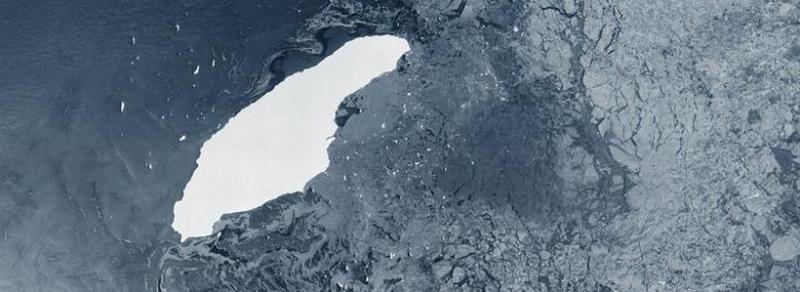 In July 2017,
In July 2017,